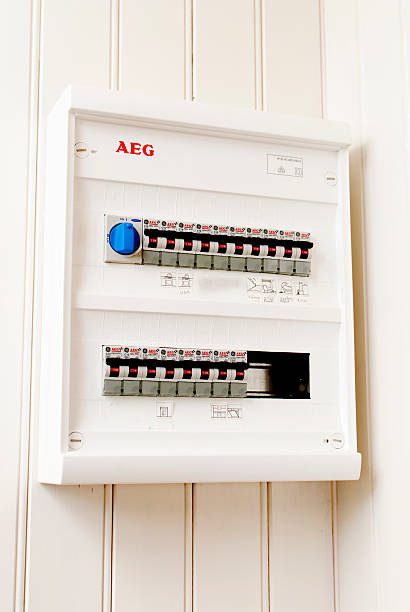Introduction:
In every household, a refrigerator is an indispensable appliance. Among the top refrigerator brands, GE stands out for its reliability and performance. However, like any other appliance, a GE refrigerator may encounter issues over time. Knowing how to restore your GE refrigerator can save you time and money. In this guide, we’ll walk you through common problems and how to fix them, ensuring your refrigerator runs smoothly for years to come.
Understanding Your GE Refrigerator:
Before diving into troubleshooting and restoration, it’s essential to understand the basic components of your GE refrigerator. Typically, a GE refrigerator consists of the following parts:
- Compressor: Responsible for circulating refrigerant through the condenser and evaporator coils.
- Condenser Coils: Located either at the back or beneath the refrigerator, these coils release heat from the refrigerant.
- Evaporator Coils: Found inside the freezer, these coils absorb heat, keeping the refrigerator cool.
- Thermostat: Regulates the temperature inside the refrigerator.
- Defrost Heater: Prevents frost buildup in the freezer.
- Condenser Fan: Helps dissipate heat from the condenser coils.
- Door Seals: Keep the cold air in and the warm air out.
Common Problems and Solutions:
Now, let’s explore some common issues you might encounter with your GE refrigerator and how to restore them:
-
Refrigerator Not Cooling Properly:
- Check the thermostat settings. Ensure they are set correctly.
- Clean the condenser coils to improve airflow.
- Verify that the condenser fan is functioning correctly.
- Inspect the door seals for any cracks or tears and replace them if necessary.
-
Excessive Frost Buildup in Freezer:
- Check the defrost heater for continuity using a multimeter.
- Test the defrost thermostat for continuity as well.
- If either component is faulty, replace it.
-
Water Leaking Inside the Refrigerator:
- Check the drain pan for cracks or damage.
- Ensure the drain tube is not clogged.
- Clean the drain tube using a mixture of warm water and mild detergent.
-
Strange Noises Coming from the Refrigerator:
- Check for any loose components such as the condenser fan or evaporator fan.
- Ensure the refrigerator is level. Adjust the leveling legs if necessary.
- If the noise persists, it could indicate a problem with the compressor. Contact a professional technician for assistance.
-
Refrigerator Not Dispensing Water or Ice:
- Inspect the water inlet valve for any clogs or damage.
- Check the water filter and replace if necessary.
- Ensure the water supply to the refrigerator is turned on.
Conclusion:
Restoring your GE refrigerator doesn’t have to be a daunting task. By understanding its components and common problems, you can easily troubleshoot and fix issues as they arise. Remember to always refer to your refrigerator’s manual for specific instructions and safety precautions. In case you’re unable to resolve the problem on your own, don’t hesitate to contact a professional appliance repair technician for assistance. With proper care and restore your GE refrigerator will continue to keep your food fresh for years to come.

